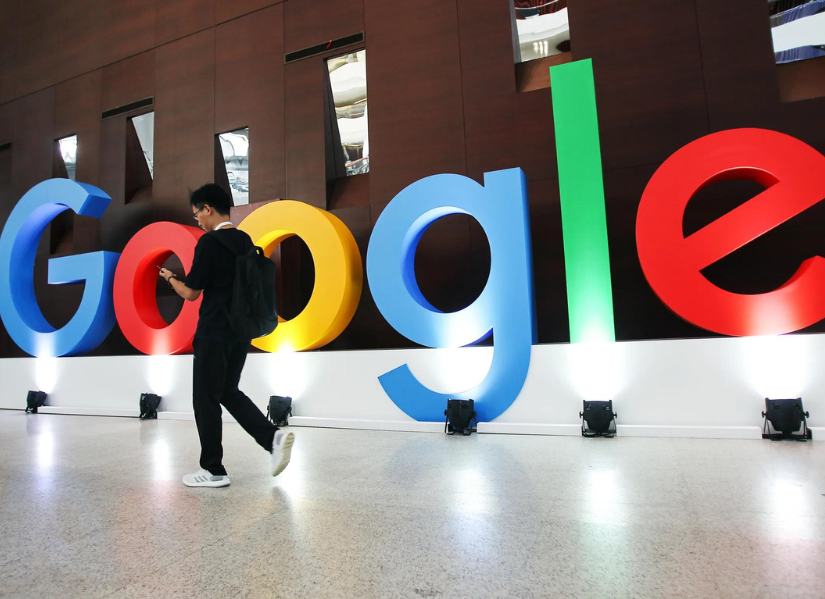
Charlotte McCullough, 4 September, 2024
Rahul Garg is a distinguished alumnus of QUT with a Master of Information Technology (1996). Since graduating, Rahul has established himself as a leading figure in the tech industry. He has been working as the Head of AI and Data Solutions at Google for the past four years where he spearheads a Solutions Engineering Team dedicated to managing the company's multi-billion dollar AI and Data products. His leadership extends to pivotal areas such as AI, Data and Cloud. Before joining Google, Rahul spent over 13 years at Microsoft as a Senior Program Manager, where he earned recognition in their elite Circle of Excellence. His exceptional contributions have also been acknowledged by Google, where he was honoured as a top performer in the Cloud Club in 2023. Rahul’s unique blend of expertise as both a Physicist and Computer Scientist fuel his passion for tackling complex technological challenges and developing innovative solutions. His fascination with the convergence of advanced technical architectures and robust business models drives his commitment to pushing the boundaries of technology and taking businesses to the next level.
The QUT Alumni team were thrilled to hear Rahul’s advice for crafting a dynamic brand in the digital age, leveraging his extensive experience and visionary approach in the technology sector.
Does brand leadership today have the same connotation it did 3-4 decades ago? We are living in an era of breakneck technology innovations and are most definitely seeing the emergence of these as the foundational engines that define brand leadership today. So why is this tectonic shift happening? If you carefully examine, these very engines of technology and innovation are enabling companies to leverage their data to drive up massive improvements in performance, scale, depth and customer engagements, giving them the edge and the highly-prized brand leadership.
Think of why Blockbuster, a brand leader of its time in the video rental industry, disappeared right under our noses and Netflix rose up from nowhere to become the new brand leader? Investments in technology and innovations are now the cornerstones of competitive differentiation and brand leadership. In the case of Netflix, investments in the digital streaming platforms did the magic. Brand leadership and customer retention in today’s world is so much more than just a recognisable logo or slogan, it is an entire business entity in itself that gets built on an unforgettable experience of a large swath of customers who can establish a profound connection with the company.
In my humble opinion, here are some simple steps that we can take to establish brand leadership:
- Start by examining your company’s DNA and creating a clear mission statement and brand identity to shape customer perceptions and impact the entire industry landscape.
- Craft out a set of core values that you’d like your company to stand for. Your employees should internalise this mindset and get behind these core values to drive market leadership.
- Build positive emotional connections with your customers. This emotional resonance is the foundation of long-lasting customer relationships and brand leadership. Look at the data leveraging technology and innovation if you are winning that game - data never lies!
- Embrace technology and innovation as core principles to drive up scale, performance, and deep customer engagement. This will help you stay ahead of your competition and will shape consumer perceptions and drive purchasing decisions that help build a clear brand leadership. Question yourself - are you building the right products and engaging with your customers in a deeper way? If not, it’s time to look at the data and bring it back to the design board to address where the gaps are.
- Focus on delivering depth to your customers, breadth will come eventually. Build a deeper Data Analytics platform that allows you to have a 360 degree view of your customer’s data, to drive your decisions. This will help you identify emerging consumer needs and desires, and you can even use AI on that data to help uncover groundbreaking products and services that could redefine your industry.
- With the above points in mind, build a tight data-driven feedback loop, that enables your company to track important shifts in demand and adapt accordingly. All great brands of today do this (Amazon, Apple, etc.), helping them avoid becoming irrelevant with the passage of time.

Rahul Garg
QUT degree - Master of Information Technology (1996)
Have a question for Rahul? Connect with him on LinkedIn.
